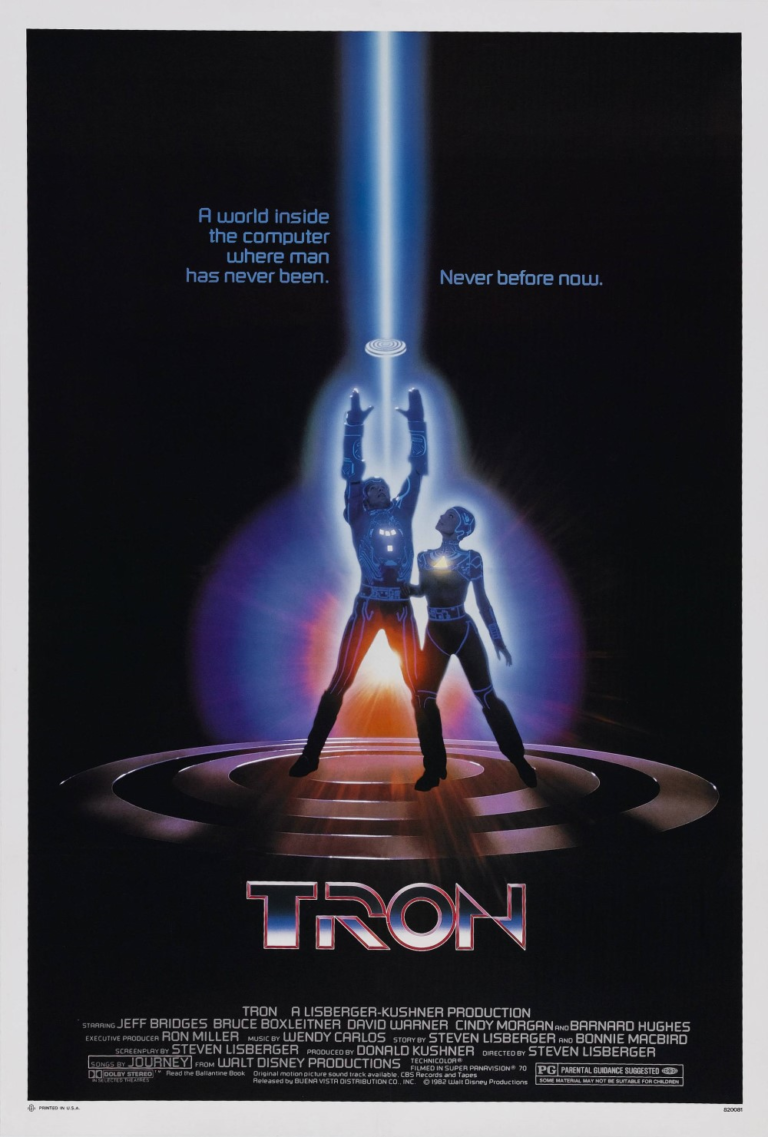Poker scenes in movies captivate audiences with their intense blend of tension, skill, and the game’s inherent unpredictability. These cinematic moments transcend the mere thrill of gambling, unveiling the characters’ depth, strategic acumen, and occasionally, the harsh realities of life’s odds. Spanning from time-honored classics to contemporary blockbusters, poker scenes have consistently been a cinematic mainstay, providing a rich tapestry of entertainment intertwined with valuable life lessons. This discussion delves into the most memorable poker scenes across a variety of films, exploring their insights into poker tactics, psychological warfare, and human nature. It aims to shed light on how these scenes reflect the complexities of decision-making, the psychological dynamics of competition, and the profound impact of chance on human endeavors, making it a must-read for enthusiasts seeking to understand the intricate dance between fate and free will in the realm of poker and beyond.
Rounders (1998) – Reading Your Opponent
In “Rounders,” Mike McDermott (played by Matt Damon) faces off against Teddy KGB (played by John Malkovich) in a high-stakes poker game that feels like a battle of wits and strategy. The scene where Mike finally beats Teddy is a masterclass in the psychological aspect of poker. The scene demonstrates the importance of reading your opponent and the value of patience and observation. Mike’s ability to recall Teddy’s tell (the way he handles his Oreo cookies) under extreme pressure is what turns the tide in his favor. For anyone interested in poker, this scene is a stark reminder that knowing how to read people can be as critical as the cards you’re dealt.
Casino Royale (2006) – Managing Risks and Bluffs
In the heart of a tension-filled, high-stakes poker match in “Casino Royale,” Daniel Craig’s James Bond showcases not just his prowess at the table but also a masterclass in psychological warfare and risk management. This scene is more than a cinematic spectacle; it serves as an educational blueprint on the intricacies of bluffing and emotional resilience in poker. Bond’s unruffled demeanor, even in the face of potential ruin, underlines a critical lesson for poker enthusiasts: the power of composure. This moment is a testament to the strategic depth of poker, teaching players about the delicate balance between risk and reward, and the crucial role of mental fortitude in navigating the unpredictable currents of high-stakes gambling.
The Cincinnati Kid (1965) – The Element of Luck
“The Cincinnati Kid” features an iconic poker game between the Kid, played by Steve McQueen, and Lancey Howard, played by Edward G. Robinson, known as the Man. The climactic moment, where the Kid seemingly secures victory until the Man unveils a superior straight flush, strikingly underlines the undeniable role of luck in poker. This dramatic turn of events serves as a stark reminder that, despite the utmost skill and strategies, the cards one is dealt significantly influence the game’s outcome. This scene adeptly teaches players that while mastering the game’s mechanics and strategies is crucial, the unpredictable nature of luck remains an ever-present factor in poker. It eloquently highlights that poker, much like life, is a blend of skill, strategy, and the whims of chance, reinforcing the lesson that success in poker requires not only expertise but also an understanding and acceptance of uncertainty.
Maverick (1994) – The Art of Deception
“Maverick,” with its blend of humor and suspense, brings to the forefront the art of deception in poker. Bret Maverick’s journey to becoming the best poker player, culminating in a triumphant royal flush, is more than just entertainment. It underscores the psychological aspect of poker – the game within the game. This scene teaches players that deception, when wielded with precision and confidence, can be as potent a tool as any in the poker player’s arsenal. It emphasizes the importance of reading the room, crafting a persona, and the strategic use of misinformation to gain the upper hand.
The Sting (1973) – The Long Con
In “The Sting,” two con artists, played by Paul Newman and Robert Redford, set out to pull off a long con against a gangster. The movie features a poker game where one of the characters uses a marked deck of cards to cheat his opponent. This scene highlights the importance of patience and the long game in poker. It shows that sometimes, it’s not about winning individual hands, but about setting up a bigger win in the future. The movie teaches players that while quick wins can be satisfying, the most significant rewards come from playing the long con.
Each film presents a unique aspect of poker, teaching both seasoned players and novices about the depth of the game. Whether it’s the psychological battle depicted in “Rounders,” the risk management shown in “Casino Royale,” the acknowledgment of luck’s role in “The Cincinnati Kid,” or the art of deception seen in “Maverick,” these scenes illustrate that success in poker goes beyond just having the right cards. It’s about how you play them, how well you understand your opponents, and sometimes, how the cards decide to fall

